-
 Augmentin 625 DuoUS$ 1.25
Augmentin 625 DuoUS$ 1.25US$ 1.25
US$ 1.25
Generic For : AugmentinActive Ingredients : Amoxicillin Clavulanic Acid30 Tablet/sUS$ 37.52 US$ 46.90 -
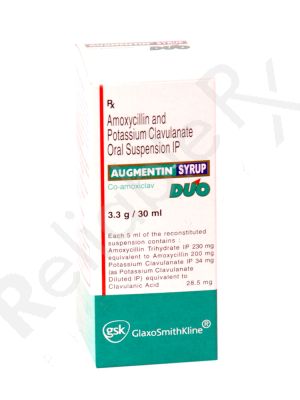 Augmentin Dry Syrup 30 mlUS$ 8.67
Augmentin Dry Syrup 30 mlUS$ 8.67US$ 8.67
Generic For : Augmentin Dry SyrupActive Ingredients : Amoxicillin and Clavulanic Acid1 Bottle/sUS$ 8.67 -
 Megapen 250 250 mgUS$ 0.26
Megapen 250 250 mgUS$ 0.26US$ 0.26
Generic For : MegapenActive Ingredients : Ampicillin Cloxacillin30 CapsulesUS$ 7.95 -
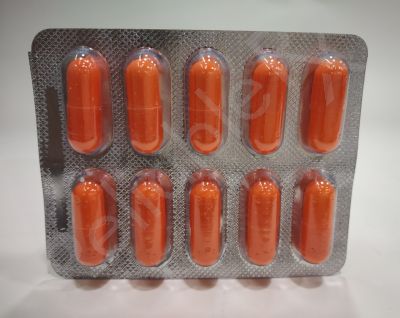 Campicillin 500mgUS$ 0.79
Campicillin 500mgUS$ 0.79US$ 0.79
Generic For : OmnipenActive Ingredients : Ampicillin30 CapsulesUS$ 23.57 -
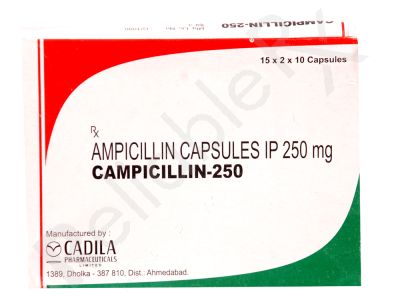 Campicilin 250 mgUS$ 0.62
Campicilin 250 mgUS$ 0.62US$ 0.62
Generic For : OmnipenActive Ingredients : Ampicillin30 CapsulesUS$ 18.68 -
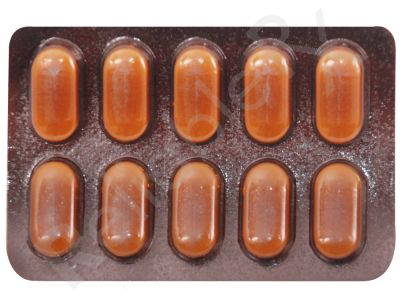 Oflox TZ 600 mg /200 mgUS$ 0.54 - US$ 0.61
Oflox TZ 600 mg /200 mgUS$ 0.54 - US$ 0.61US$ 0.54
Generic For : Oflox TZActive Ingredients : Tinidazole Ofloxacin30 Tablet/sUS$ 18.15 -
 Ciplox TZ 500 mg 600 mgUS$ 0.64
Ciplox TZ 500 mg 600 mgUS$ 0.64US$ 0.64
Generic For : Dycip TZActive Ingredients : Ciprofloxacin Tinidazole30 Tablet/sUS$ 19.06 -
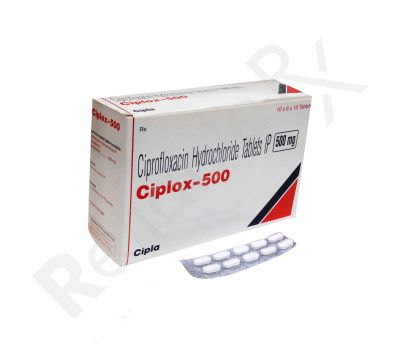 Ciplox 500mgUS$ 0.52
Ciplox 500mgUS$ 0.52US$ 0.53
Generic For : CiproActive Ingredients : Ciprofloxacin30 Tablet/sUS$ 15.75 -
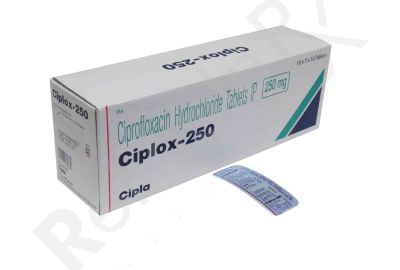 Ciplox 250 mgUS$ 0.31
Ciplox 250 mgUS$ 0.31US$ 0.31
Generic For : CiproActive Ingredients : Ciprofloxacin30 Tablet/sUS$ 9.22 -
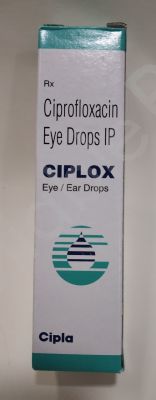 Ciplox 10mlUS$ 3.34
Ciplox 10mlUS$ 3.34US$ 3.34
Generic For : CiploxActive Ingredients : Ciprofloxacin1 Eye Drop/sUS$ 3.34 -
 Milflox 0.5% 5 mlUS$ 3.33 - US$ 3.34
Milflox 0.5% 5 mlUS$ 3.33 - US$ 3.34US$ 3.33
Generic For : VigamoxActive Ingredients : Moxifloxacin1 Eye Drop/sUS$ 3.33 -
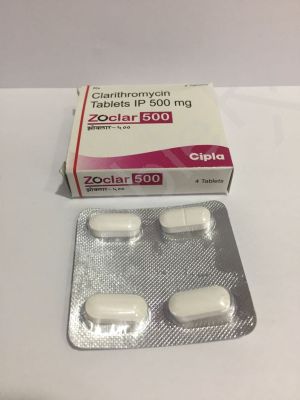 Zoclar 500mgUS$ 1.94 - US$ 2.59
Zoclar 500mgUS$ 1.94 - US$ 2.59US$ 1.94
US$ 1.94
Generic For : BiaxinActive Ingredients : Clarithromycin32 Tablet/sUS$ 82.79 US$ 137.99 -
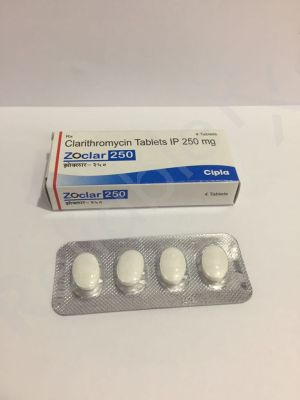 Zoclar 250 mgUS$ 0.99 - US$ 1.32
Zoclar 250 mgUS$ 0.99 - US$ 1.32US$ 0.99
US$ 0.99
Generic For : BiaxinActive Ingredients : Clarithromycin32 Tablet/sUS$ 42.22 US$ 70.37 -
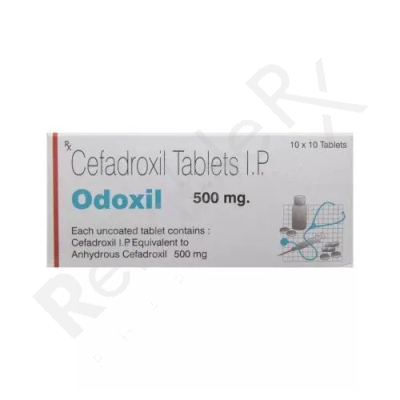 Odoxil 500mgUS$ 0.44
Odoxil 500mgUS$ 0.44US$ 0.44
Generic For : DuricefActive Ingredients : Cefadroxil30 Tablet/sUS$ 13.20 -
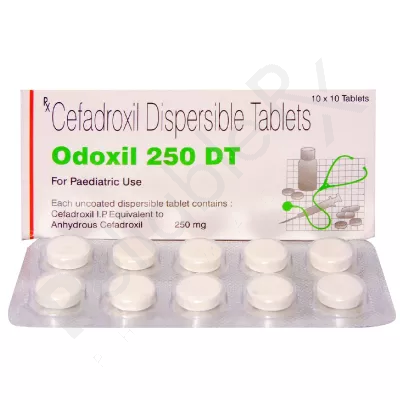 Odoxil 250 mgUS$ 0.39
Odoxil 250 mgUS$ 0.39US$ 0.39
Generic For : DuricefActive Ingredients : Cefadroxil30 Tablet/sUS$ 11.74 -
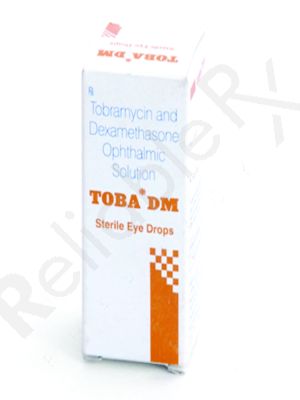 Toba DM 3 mg and 1 mg (10 ml)US$ 2.64
Toba DM 3 mg and 1 mg (10 ml)US$ 2.64US$ 2.64
Generic For : TobradexActive Ingredients : Tobramycin and Dexamethasone1 Bottle/sUS$ 2.64 -
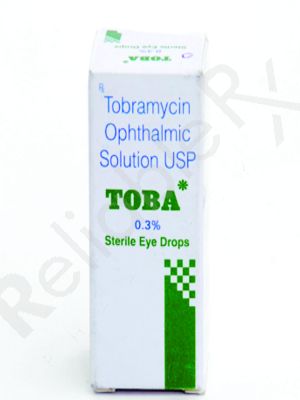 Toba Eye Drop 0.3% (5 ml)US$ 3.94
Toba Eye Drop 0.3% (5 ml)US$ 3.94US$ 3.94
Generic For : TobranActive Ingredients : Tobramycin3 Bottle/sUS$ 11.83 -
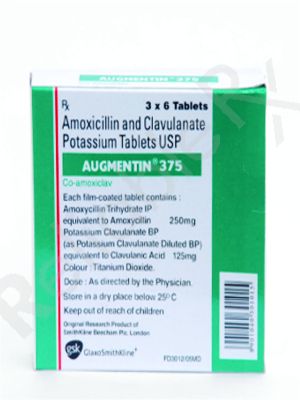 Augmentin 375US$ 1.11 - US$ 1.15
Augmentin 375US$ 1.11 - US$ 1.15US$ 1.11
US$ 1.11
Generic For : Augmentin 375Active Ingredients : Amoxicillin Clavulanic Acid30 Tablet/sUS$ 34.62 US$ 41.60 -
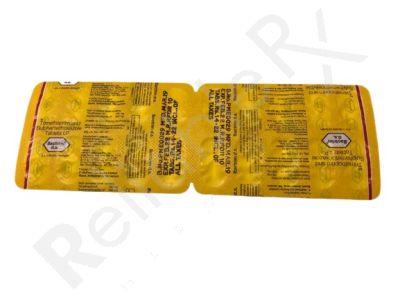 Bactrim DS (800 160) mg or Septran DSUS$ 0.15
Bactrim DS (800 160) mg or Septran DSUS$ 0.15US$ 0.15
Generic For : Septra DSActive Ingredients : Sulphamethoxazole + Trimethoprim30 Tablet/sUS$ 4.50 -
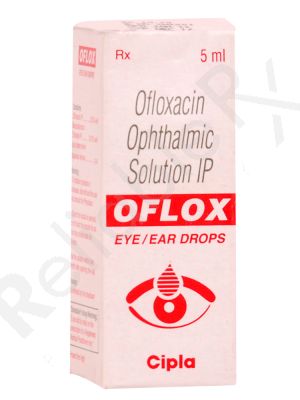 Oflox 5 mlUS$ 1.83 - US$ 4.50
Oflox 5 mlUS$ 1.83 - US$ 4.50US$ 1.83
Generic For : OcufloxActive Ingredients : Ofloxacin1 Eye Drop/sUS$ 4.50 -
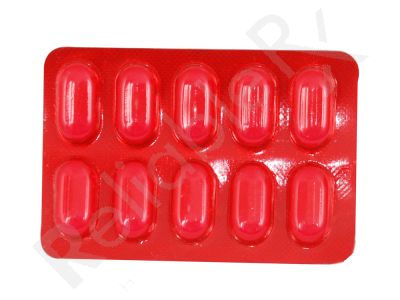 Zo 400mgUS$ 0.50
Zo 400mgUS$ 0.50US$ 0.50
Generic For : FloxinActive Ingredients : Ofloxacin30 Tablet/sUS$ 14.94 -
 Zo 200 mgUS$ 0.26
Zo 200 mgUS$ 0.26US$ 0.26
Generic For : FloxinActive Ingredients : Ofloxacin30 Tablet/sUS$ 7.76 -
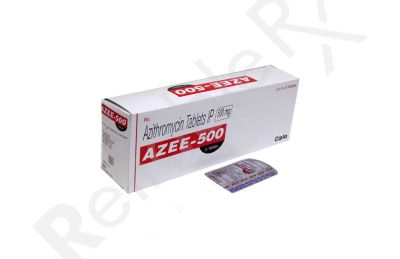 Azee 500mgUS$ 1.56 - US$ 1.86
Azee 500mgUS$ 1.56 - US$ 1.86US$ 1.56
Generic For : ZithromaxActive Ingredients : Azithromycin30 Tablet/sUS$ 46.67 US$ 55.92 -
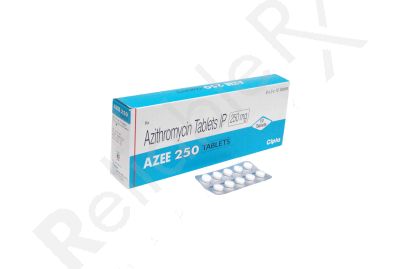 Azee 250 mgUS$ 0.76 - US$ 0.80
Azee 250 mgUS$ 0.76 - US$ 0.80US$ 0.76
Generic For : ZithromaxActive Ingredients : Azithromycin30 Tablet/sUS$ 23.96 -
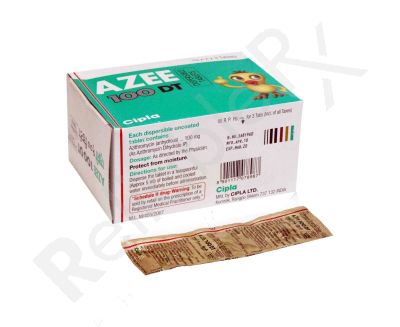 Azee DT 100 mgUS$ 0.53
Azee DT 100 mgUS$ 0.53US$ 0.53
Generic For : ZithromaxActive Ingredients : Azithromycin30 Tablet/sUS$ 15.93 -
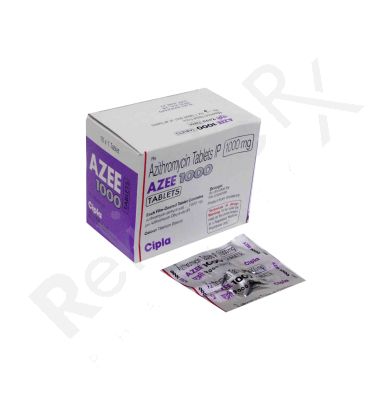 Azee 1000mgUS$ 1.94
Azee 1000mgUS$ 1.94US$ 1.94
Generic For : ZithromaxActive Ingredients : Azithromycin30 Tablet/sUS$ 58.17 -
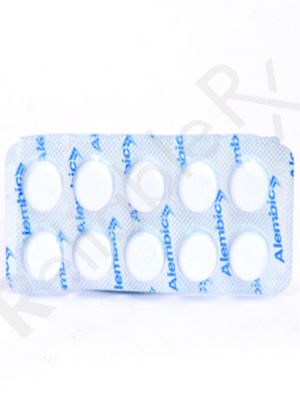 Althrocin 250 mgUS$ 0.27
Althrocin 250 mgUS$ 0.27US$ 0.27
Generic For : ErypedActive Ingredients : Erythromycin30 Tablet/sUS$ 8.00 -
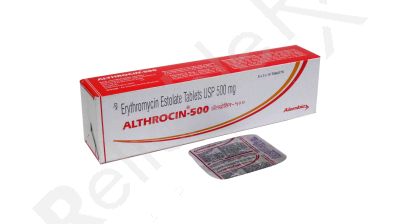 Althrocin 500 mgUS$ 0.52
Althrocin 500 mgUS$ 0.52US$ 0.52
Generic For : Ery TabActive Ingredients : Erythromycin30 Tablet/sUS$ 15.56 -
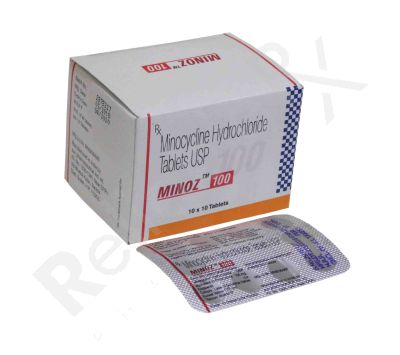 Minoz 100 mgUS$ 0.79
Minoz 100 mgUS$ 0.79US$ 0.79
Generic For : MinocinActive Ingredients : Minocycline HCL30 Tablet/sUS$ 23.65 -
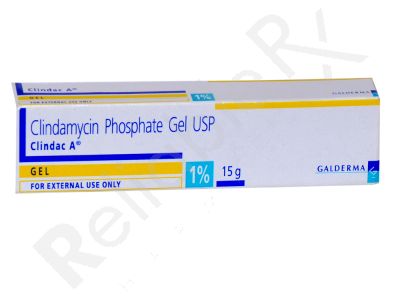 Clindac A 20gmUS$ 6.50 - US$ 7.00
Clindac A 20gmUS$ 6.50 - US$ 7.00US$ 6.50
Generic For : Cleocin TActive Ingredients : Clindamycin Phosphate Gel1 Tube/sUS$ 7.00
Overview
Antibiotics are the solution to all bacterial infections. It is a wonder drug of modern medicine. Each year more than 240 million antibiotic prescriptions are dispensed in the United States. It was first observed by British bacteriologist Alexander Fleming. In 1940, Penicillin was manufactured in large quantities by two scientists Howard Florey and Ernst Chain for the treatment of human infections. Sulfonamide was the first antibiotic that was processed and was effective in the treatment of urinary tract infections, shigellosis, and pneumococcal pneumonia. There is a wide array of antibiotics available in the market. These are the oldest drugs to combat the infections caused by microorganisms. But these days, bacteria have become resistant to them. Overexposure to the same drug again and again leads to ineffective treatment of the infection.
What are Antibiotics?
An antibiotic is a drug that kills or slows the growth of bacteria. These are chemicals produced by or derived from microorganisms. Antibiotics are the most commonly prescribed medications in modern medicine. There are two types of action produced by antibiotics one is bactericidal action i.e. they work by killing bacteria and the other is bacteriostatic action which stops the multiplication of bacteria.
An ideal antibiotic has following parameters such as:
- Specific action
- Doesn’t kill normal flora
- High therapeutic index
- Least side effects such as allergy and toxicity
- Emergence of resistance should be slow
What is the role of Antibiotics?
They are used to kill or stop the activity of bacteria. Bacteria are one of the smallest and most abundantly present on the earth. They have the quality of getting adapt to new conditions in order to survive. Not all bacteria cause disease some of them live on our skin surfaces and inside our bodies without causing us harm. They also help in the digestion of food in the gut. Bacteria can be classified on the basis of their shapes:
- Bacilli are rod-shaped and generally cause typhoid fever.
- Cocci are spherical in shape and cause Gonorrhea.
- Spirochaetes are spiral shape and causes Syphilis
- Vibrio is comma-shaped and causes Cholera.
There are an infinite number of bacterial diseases that can cause mild to life-threatening infections such as:
- Skin infections such as folliculitis, eczema, and school sores
- Otitis Media
- Sexually transmitted disease
- Urinary tract infections
- Bacterial pneumonia
- Bacterial gastroenteritis
- Bacterial meningitis
- Septicemia
Classification of Antibiotics
They are classified on the basis of the mode of action they produce in order to cure bacterial infections.
Cell wall synthesis inhibitors
They are bactericidal drugs. They inhibit the formation of bacterial cell walls by interfering with the synthesis of peptidoglycan. They are also known as beta-lactam antibiotics. They act against various bacteria by stopping their multiplication and will not be effective against bacteria that lack a peptidoglycan cell wall. They are prescribed for bacterial sinusitis, myositis, lower respiratory tract infections, urinary and hepatobiliary tract infections, purulent gynecological infections, and other community-acquired infections.
Antibiotic and it's types
- Beta lactam Penicillin: Natural - Penicillin G, Anti staphylococcal Methicillin, Drugs with extended-spectrum are Aminopenicillins, Carboxypenicillins
Combination drugs such as Amoxicillin + Clavulanic Acid ;Ampicillin + Sulbactam; Ticarcillin + Clavulanic Acid Piperacillin + Tazobactam
Aminopencillin - Mecillinam
- Beta lactam Cephems:
First generation cephalosporins – Cefalotin, Cefalexin
Second generation – Cefuroxim, cefoxitin
Third generation- Cefotaxim , Ceftriaxon
Fourth generation- Cefpirom, Cefepim
- Carbapenems : Broad spectrum antibiotics such as Imipenem, Meropenem
- Monobactams: Aztreonam
Protein synthesis inhibitors
They act by inhibiting the RNA formation of bacteria. Protein is formed in the cells containing a code in the DNA, and then it is transcribed into RNA by an enzyme called RNA polymerase. By the actions of the ribosome, it is translated into proteins. Each ribosome contains two subunits one is (30 S) and the other is 50 (S). The drugs falling in this category act by inhibiting these subunits and stopping the formation of proteins that are needed by the bacteria for their survival.
- Amino glycoside antibiotics are used to treat gram-negative infections. Drugs such as Amikacin, Gentamicin, Kanamycin, and Streptomycin are prescribed for conditions like infections produced by Chlamydia, Rickettsia, and capsulated pathogens like Salmonella typhi
- Tetracycline acts by stopping protein synthesis and is given in the treatment of various infections caused by non-pyogenic bacteria
- Chloramphenicol acts the same way as that of tetracycline but the target site is different. It binds to 50 (S) subunit and inhibits the elongation of proteins
- Other drugs are Linezolid, and Rifampin which show bactericidal or bacteriostatic activity depending upon the concentration.
- Macrolide works by ceasing the formation of protein at the ribosomal level. These are bacteriostatic drugs and are active against respiratory tract infections such as atypical pneumonia, tonsillitis, and urogenital infections. Erythromycin, Roxithromycin, and Spiramycin are the drugs that fall in this category
Folate synthesis inhibitor
Folic acid is a key ingredient for the formation of DNA and chromosomes. It is a good selective target as humans doesn’t synthesize folic acid. Sulfonamide drugs like Sulfamethoxazole, Sulfacetamide, and Trimethoprim bind with the enzymes that are needed for the formation of folic acid. They are recommended for conditions like urinary tract infections, chronic bronchitis, Otitis media, and enteritis.
DNA synthesis inhibitors
Drugs are bactericidal in action as they rapidly diffuse through the peptidoglycan cell membrane inhibiting the enzyme DNA-gyrase and hindering the DNA supercoiling process which in turn leads to the death of bacteria.
Drugs such as Ciprofloxacin, Norfloxacin and Levofloxacin stop the synthesis of nucleic acid. These drugs are cost-effective and are given for intestinal infections, bone and joint infections, biliary tract infections, and many sexually transmitted diseases.
Mycolic acid inhibitors
Mycolic acid is a key ingredient of mycobacterium cell wall. Isoniazid is a drug that inhibits the formation of the cell wall of bacteria that causes tuberculosis. It is a first-line medication in the prevention and treatment of tuberculosis.
RNA synthesis inhibitors
Rifampin is a drug that inhibits DNA-dependent RNA polymerase activity in susceptible cells and thus doesn’t allow the formation of bacterial RNA and causes cell death. It is bactericidal and has a broad spectrum of activity against all pathogens. It is the most preferred drug given in tuberculosis and related infections and is also given in the treatment of Hansen’s disease.
Also read: Do not let Lyme Disease Tick you Off
Which is the most widely used antibiotic?
Penicillin is the most widely prescribed antibiotic, usually in the form of amoxicillin. This type of antibiotic is also considered one of the strongest.
What antibiotics are used for?
Antibiotics are lifesaving medications that treat bacterial infections like whooping cough, strep throat, and urinary tract infections. They are also effective in treating life-threatening conditions such as sepsis, the body’s extreme response to infection.
What does an antibiotic do?
An antibiotic destroys the bacteria or stops them from multiplying. They kill bacteria by destroying crucial parts they need to survive, like their cell wall or DNA. Antibiotic medications stop the growth of bacteria by preventing them from making certain proteins they need to multiply.
Do antibiotics work for colds and flu?
No, antibiotics are only used for bacterial infections. They are ineffective against viruses that cause colds and will not help you feel better.
Are there any downsides to using antibiotics?
Antibiotics can have side effects such as feeling sick, diarrhoea, rash, nausea, or yeast infections. More serious adverse effects of the antibiotics include Clostridiodes difficile infection, which causes diarrhoea that can contribute to severe colon damage and, ultimately, death.
Why should antibiotics not be used unnecessarily?
Taking antibiotic medicines too often or for the wrong reason can change bacteria so much that antibiotics stop working against them. This condition is often referred to as antibiotic resistance or bacterial resistance.
Which antibiotic medicines work faster?
Amoxicillin is a fast-acting antibiotic that begins to work immediately. It takes about one hour to reach its full effect.
How can using antibiotics lead to resistance?
Antibiotic resistance occurs naturally, but chances increase because of the misuse and overuse of antibiotics and poor infection control and prevention.
Which is the most potent antibiotic?
Vancomycin is one of the most potent antibiotic agents ever created. It kills by preventing bacteria from building cell walls.
How to prevent infections with resistant bacteria?
One can prevent infections caused by resistant bacteria by following good hygiene (hand washing), food safety, and vaccination. Cover your cough and stay home when you are feeling unwell.
Can I buy antibiotics online in the USA?
Reliablerxpharmacy is the most convenient way to buy antibiotics online in the USA.
Is there a prescription required for antibiotics?
Yes, a prescription is required for antibiotic use. This helps avoid antibiotic misuse, ultimately leading to antibiotic resistance.





20% OFF
On New Registration
Terms and Conditions Apply*
Flat 20% OFF
on your first purchase
20% off only on the product value
Maximum discount value $20
Only one coupon can be used at a time
Coupon code will be mailed on
your registered email address.
Login
Sign up
Flat 20% OFF
on your first purchase
20% off only on the product value
Maximum discount value $20
Only one coupon can be used at a time
Coupon code will be mailed on
your registered email address.
Login
Sign Up
Flat 20% OFF
on your first purchase
20% off only on the product value
Maximum discount value $20
Only one coupon can be used at a time
Coupon code will be mailed on
your registered email address.
Forgot Password ?